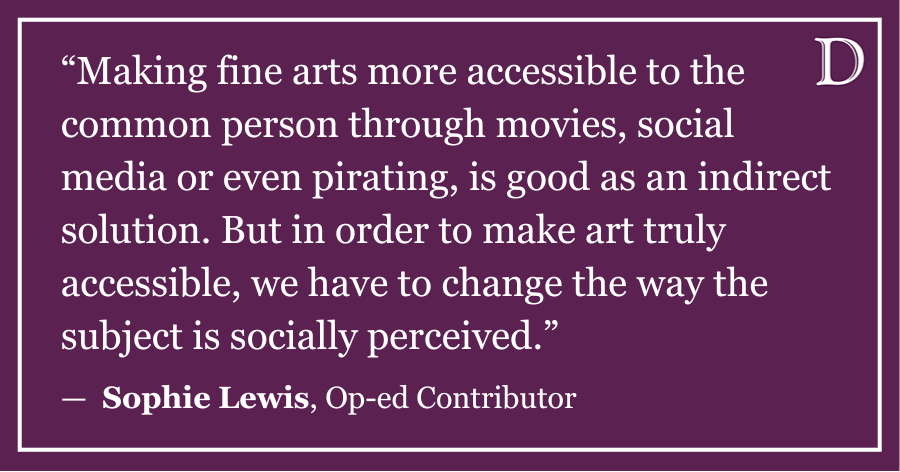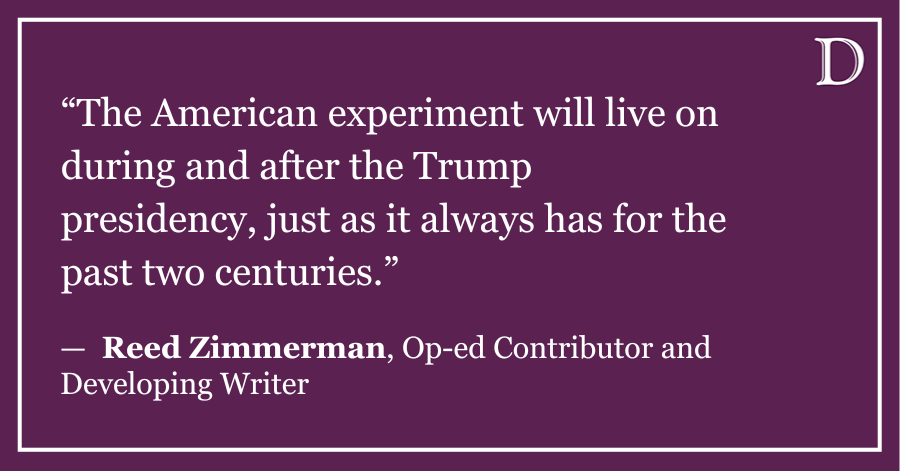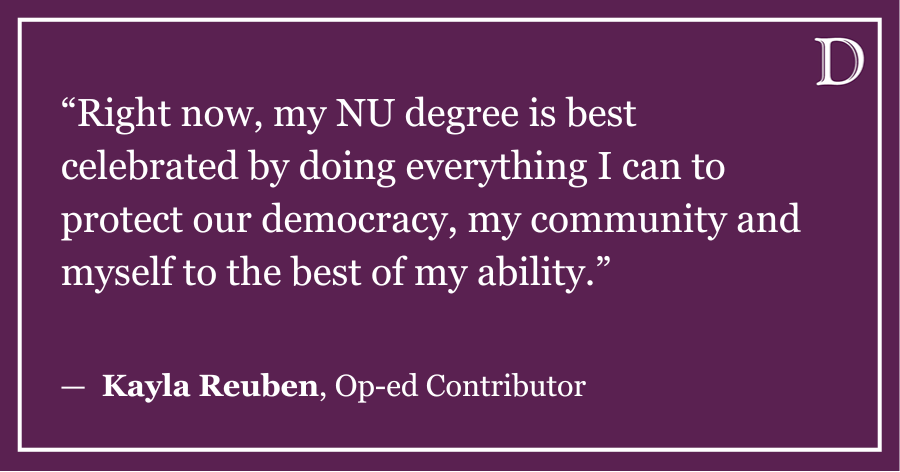I always wanted to attend a university away from my home state of Florida. Besides looking for opportunities that schools in Florida couldn’t offer, I wanted to see snow: Call me crazy, but I really wanted to experience blizzards and cancelled classes (the latter will probably never happen at Northwestern, but I can dream). In addition to looking at “elite private universities,” I thought of attending top-tier public institutions like the University of Michigan and the University o Virginia. Unfortunately, due to my financial aid situation, attending those schools would have been far more expensive than Northwestern because of out-of-state tuition. I disapprove of limiting students’ choices based on state of residence. And if President Barack Obama is serious about higher education reform, he should strongly consider tuition pricing reform.
The refrain for having a two-tiered tuition system is pretty familiar: States want to keep their own talent and add graduates to their job market. Moreover, many states have income taxes that partially fund their public university systems; it only makes sense to reward the children of taxpayers by lowering their tuition. To me, these arguments seem awfully protectionist. The cost of educating a student is the same no matter where he or she is from.
Moreover, on a national scale, students entering college may find that they cannot match their interests to the programs available to them. For example, a student from Maine who wants to study materials engineering would pay nearly twice as much as a student from Philadelphia to attend Penn State, perhaps influencing him or her to change majors. There are better ways for states to attract top-tier talent, such as lowering income tax rates, removing barriers to starting businesses or providing incentives for large companies to move operations. Competition among states for skilled workers is healthy, not harmful, for the United States.
Some states, such as Florida, have a merit scholarship system in place to reward talented students. However, they also serve a protectionist role because they can only be used in state. A more efficient system might involve collecting federal tax dollars to create a national scholarship program. One possibility involves rewarding students with sufficiently high GPAs, class standing and test scores in the SAT, ACT or Advanced Placement with a scholarship linked to inflation (for example, $5,000 per year starting in 2014). The scholarship could be used in any American university.
Moreover, states would be free to continue administering to their public universities as they saw fit and, if they so chose, could continue to offer additional scholarships to attend their schools. However, removing financial barriers to attending geographically diverse universities is a feasible way to match skill sets with opportunities rather than limiting them. The federal government and states could protect the most financially needy students from tuition increases by committing more dollars to need-based aid. Although it’s unlikely that tuition rates will dramatically increase for in-state students because of increased competition from universities in all 50 states, creating paths to higher education is still smart public policy.
To be sure, there will be consequences to removing the two-tiered pricing system and moving scholarship funding to the federal level with state implementation. Popular public institutions such as Berkeley, University of California, Los Angeles, Michigan and University of Virginia will see their tuitions rise moderately for in-state students, whereas less well-known destinations will decrease their out of state tuitions.
On the whole, however, the benefits of greater choice outweigh the costs of changing the system. Like me, most Daily readers love NU. But perhaps they would have been a better fit for a large out-of-state public institution — if only they could have afforded it. Hopefully, the future public university system will actually promote rather than limit choice.
Jan Jaro is a McCormick sophomore. He can be reached at [email protected]. If you would like to respond publicly to this column, send a Letter to the Editor to [email protected].









